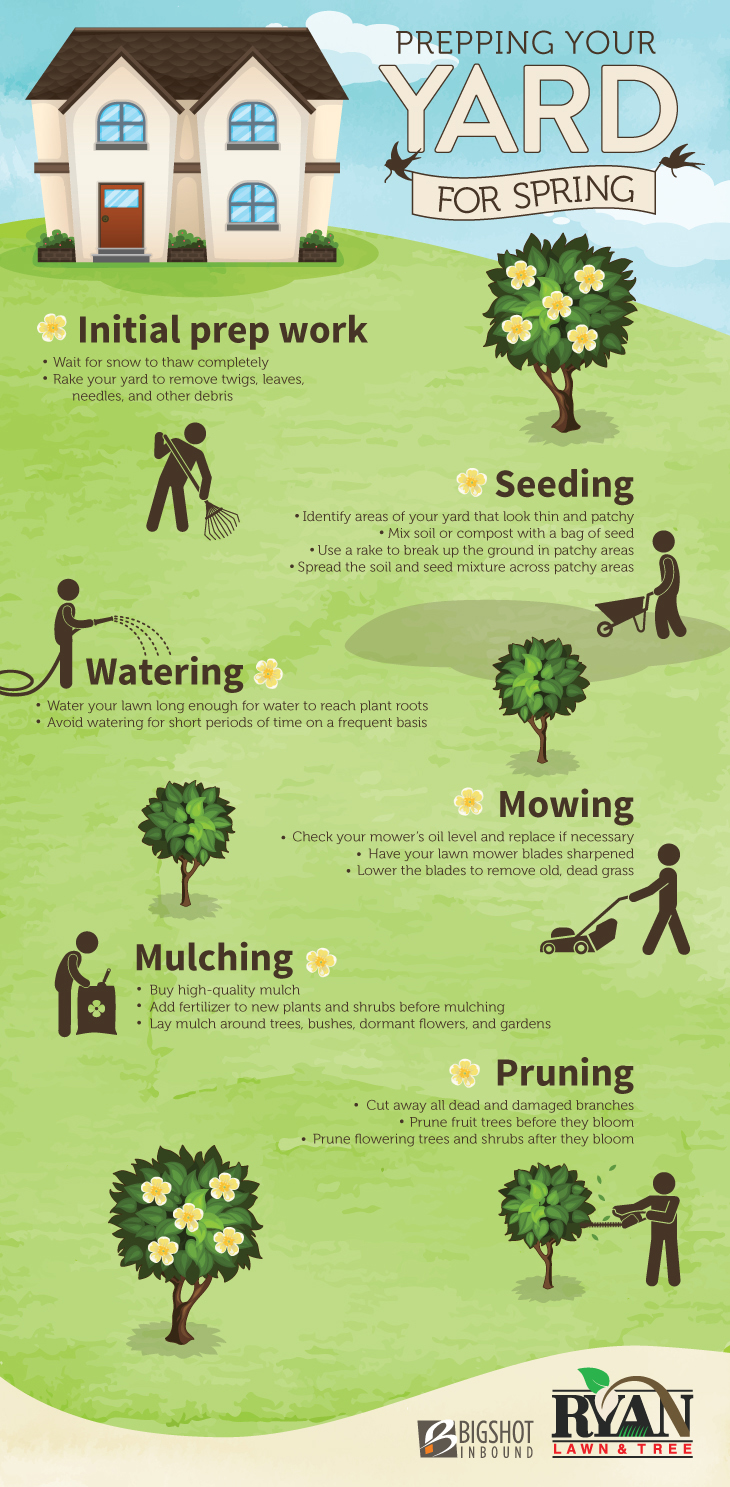Post-Tree Elimination Treatment: How To Restore Your Landscape Effectively
Post-Tree Elimination Treatment: How To Restore Your Landscape Effectively
Blog Article
Content Produce By-Franks Deal
After a tree's removal, your landscape might look rather various, and it's important to assess the consequences very carefully. You'll intend to examine the dirt disruption and check surrounding plants for any type of signs of tension. Overlooking these variables can bring about bigger problems down the line. So, what should you finish with those stumps and roots? And just how do you select the best plants for your rejuvenated area? Allow's discover these essential actions.
Analyzing the Aftermath: Evaluating Your Landscape
After a tree removal, it's essential to assess your landscape to understand the effect it carries your backyard.
Begin by examining the location where the tree stood. Seek indicators of dirt disturbance, and inspect the bordering plants for any type of anxiety or damages.
You ought to also bear in mind of how the removal has changed sunlight direct exposure and air movement in your yard. This change can impact the development of nearby plants, so it's essential to examine their wellness.
Consider the aesthetic aspects as well; the removal might create an open space that you can revamp.
Finally, think of any kind of possible erosion problems that could arise from the tree's absence. Dealing with these variables early will assist bring back equilibrium to your landscape.
Taking care of Stumps and Origins: Alternatives for Removal
When you've examined the consequences of the tree removal, you'll likely require to deal with the stump and origins left behind.
You have a couple of choices for removal. One reliable technique is stump grinding, where a professional uses an equipment to grind the stump down to below ground degree. This approach leaves marginal interruption to your landscape.
If you favor a do it yourself approach, you can make use of a combination of digging and chemical stump eliminators. Just bear in mind, this procedure can take some time and effort.
Conversely, take into consideration leaving the stump as an all-natural function, which can act as an one-of-a-kind yard component or environment for wild animals.
Whatever you choose, attending to the stump and roots is essential for restoring your landscape.
Picking the Right Plants for Your New Area
As you examine your newly gotten rid of area, picking the right plants can significantly improve your landscape's elegance and capability.
Begin by considering https://www.benzinga.com/pressreleases/20/02/p15390219/monster-tree-service-awards-territory-in-florida and soil conditions. For sunny areas, opt for drought-resistant plants like lavender or succulents. In shaded spots, brushes and hostas flourish well.
Think of the size and growth habits of your plants; mix perennials and annuals for seasonal variety. Do not neglect to include native types; they call for much less maintenance and assistance neighborhood wildlife.
Group plants in odd numbers for a more all-natural appearance and produce layers for aesthetic depth.
Finally, ensure you have a mix of colors and structures to keep your landscape dynamic throughout the seasons.
Happy planting!
Final thought
In conclusion, recovering your landscape after tree elimination is a fulfilling procedure. By evaluating the aftermath, addressing stumps and origins, and choosing the right plants, you'll create a thriving setting. Do not neglect to incorporate Tree Removal Service Cost to safeguard your soil. With a little effort and treatment, you can transform your space into a lively garden that boosts your property. Welcome the opportunity to renew your landscape and take pleasure in the beauty of nature right in your backyard!
